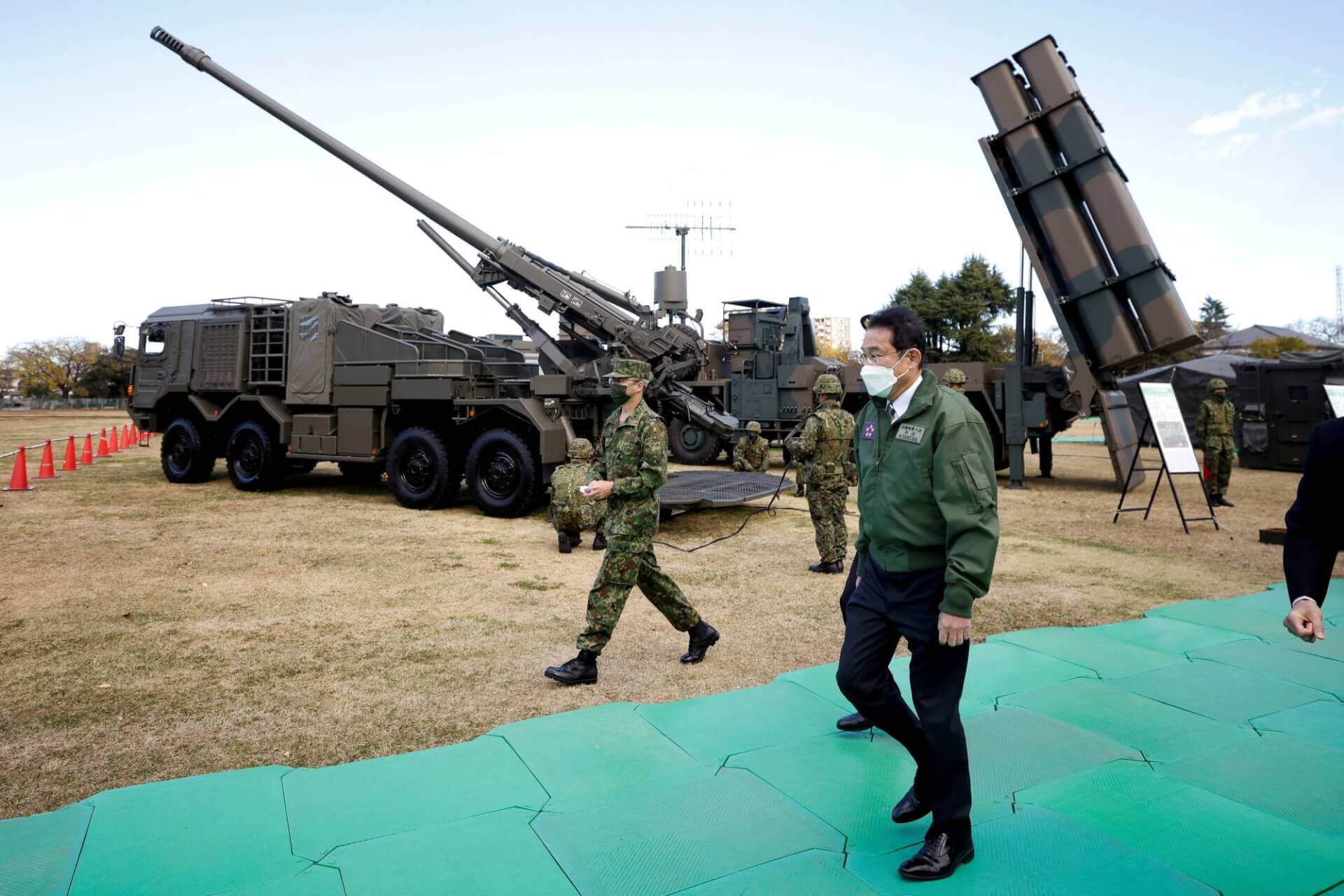Japan is considering increasing the range of a new high-speed missile beyond 1,000 kilometres to help better defend its remote islands, including the Japanese-administered Senkakus.
Government sources told Kyodo News on Sunday that the upgrade of the land-based, long-range missile will place both China’s coastal areas, as well as North Korea, within its range. The sources added that the missile placement, which is still in the developmental stage, comes at a time when Japan is increasing its deterrence amid nuclear and missile threats from North Korea and China’s growing military assertiveness across the region.
The missile that Japan envisions developing contains several features, including making it difficult to intercept. According to the Japanese news agency, after the missile is fired from a mobile launcher, “the warhead separates at high altitude and travels on an irregular trajectory before gliding at supersonic speed toward its target.”
Research on the weapon began in 2018 and current prototypes have the ability to travel several hundred kilometres. They will be mass-produced from the fiscal year 2023 and are set to be deployed in 2026. The improved version will extend the range beyond 1,000 kilometres.
🇯🇵Japan is actively building a missile base on Ishigaki Island
— Romanov (@radaromanov) December 23, 2021
By the end of 2022, medium-range missiles (up to 500 km) can be deployed at the facility, which is only 200 km from the disputed islands of the Senkaku archipelago. pic.twitter.com/B54FEQ65yE
The uninhabited island chain, known as Senkakus in Japan and the Diaoyus in China, is located about 1,931 kilometres southwest of Tokyo and has been administered by Japan since 1972. However, China asserts that the islands are an “inherent part” of Chinese territory, saying that its claims to the isles date back hundreds of years.
Japan is also considering expanding its artillery by buying US-developed Tomahawk cruise missiles, which have a range of up to 2,500 km and can travel relatively low to the ground.
Furthermore, it is considering deploying more than 1,000 long-range cruise missiles as a means to narrow the “cavernous missile gap” with China, particularly against the backdrop of a growing possibility of a military emergency in Taiwan and the waters surrounding it.
Keeping this in mind, Tokyo is reportedly mulling over deploying missiles from Kyushu to the Nansei island chain in response to China deploying a rising number of ballistic missiles.
South Korea's military says it has detected two short-range ballistic missiles fired from North Korea's east coast
— AFP News Agency (@AFP) October 28, 2022
Washington and Seoul warn Pyongyang's recent launches could culminate in a nuclear test, which would be the country's first since 2017https://t.co/M3XGnDfmwp pic.twitter.com/TDliUd0jXO
To this end, Japan is looking to expand the range of its Type 12 surface-to-ship guided missile from just over 100 kilometres to about 1,000 kilometres. This would allow the missile to reach North Korea and coastal China. It is simultaneously seeking to modify the missiles so that they can be fired from ships and fighter jets, with the goal of deploying this “modified ground-launched version” by the fiscal year 2024, two years ahead of schedule.
North Korea, too, has deployed “several hundred” ballistic missiles within the range of Japanese territory. Moreover, both China and North Korea are also developing hypersonic weapons, which fly on an irregular trajectory and are difficult to intercept.
The Japanese Ministry of Defence’s annual white paper released in July underscored that the country’s three biggest threats are China, North Korea, and Russia. In the document, Defence Minister Nobuo Kishi asserted that the Indo-Pacific is “at the centre” of evolving global strategic competition, and denounced China’s ‘unilateral’ attempts to change the status quo in the East and South China Seas through “coercion.”
China, meanwhile, argues that Japan is trying to hype the “China threat theory” as a way to foment regional tensions and “legitimise its ambition to develop military force and push for an amendment of its pacifist constitution.”
To this end, on the occasion of their 50th anniversary of the normalisation of diplomatic relations this year, Beijing called on Tokyo to “properly manage” bilateral disputes.

